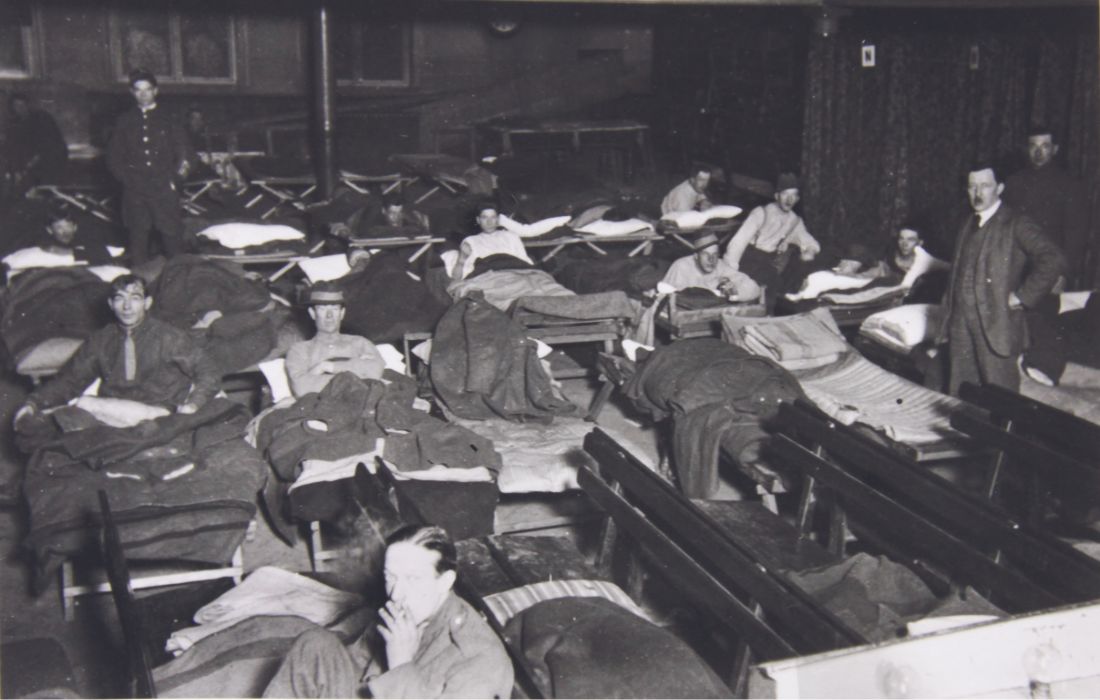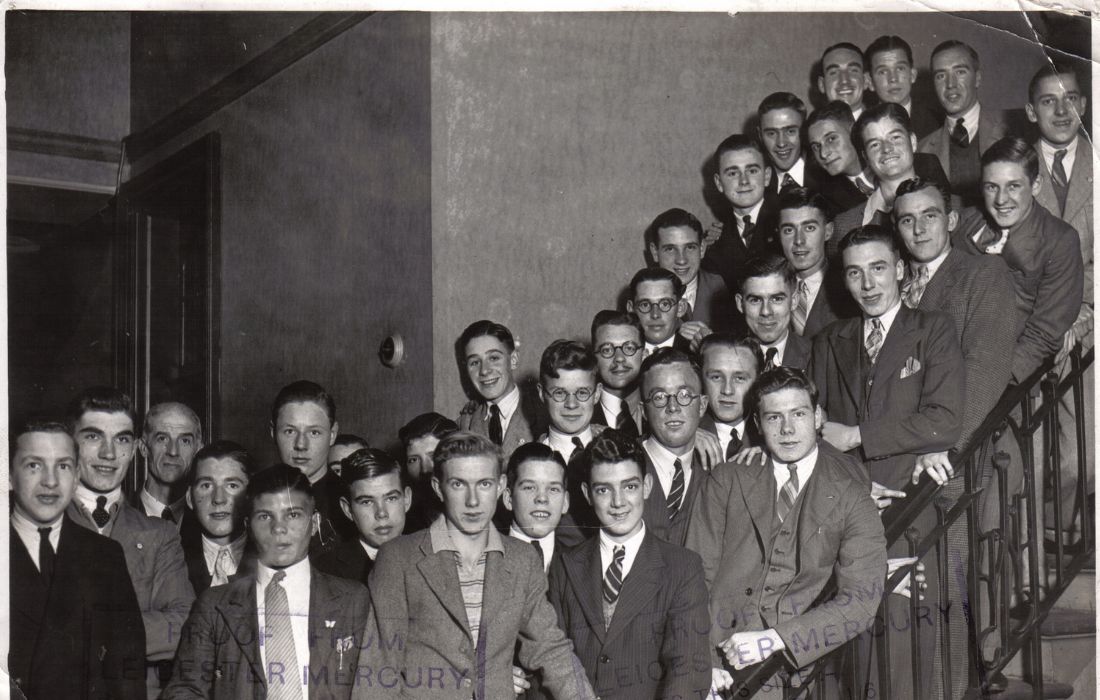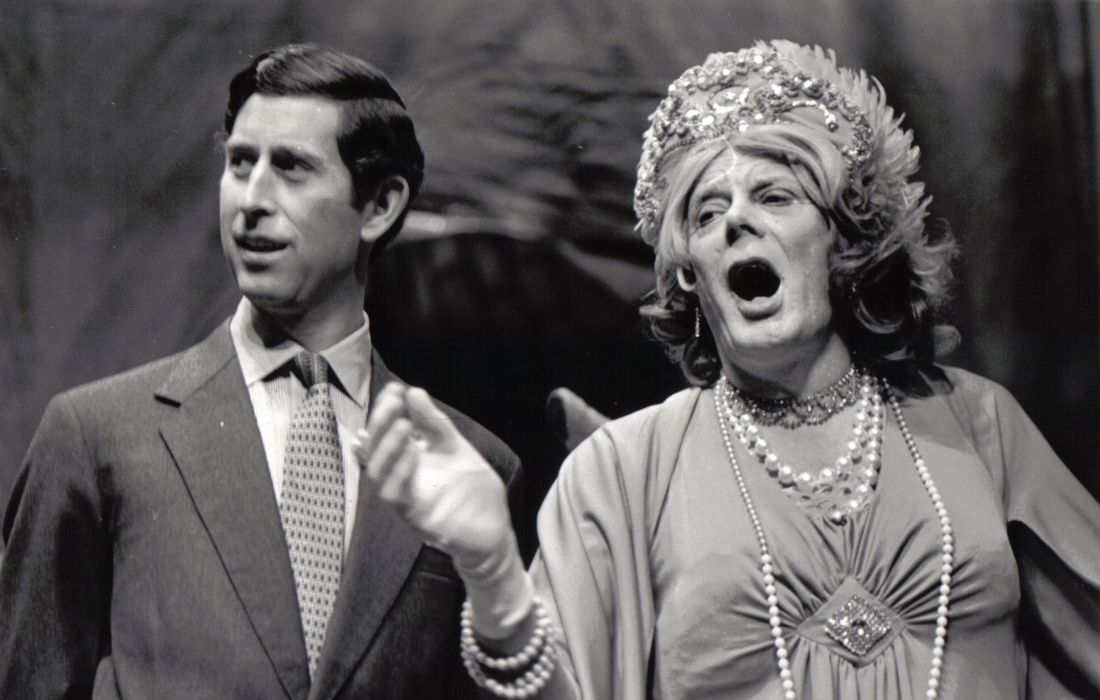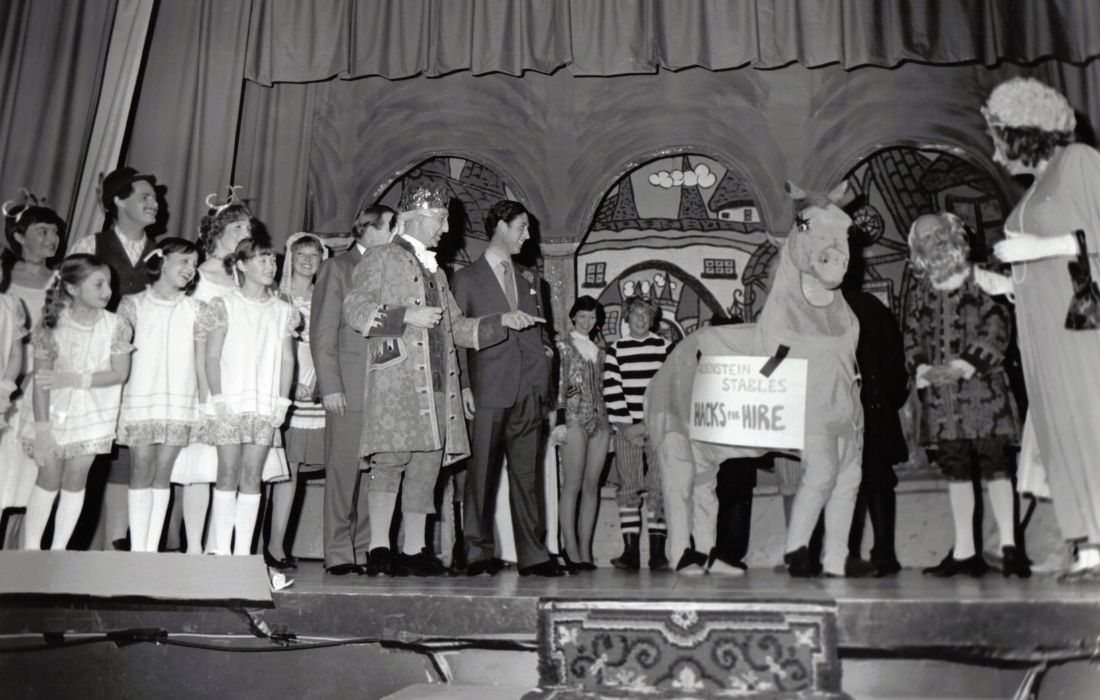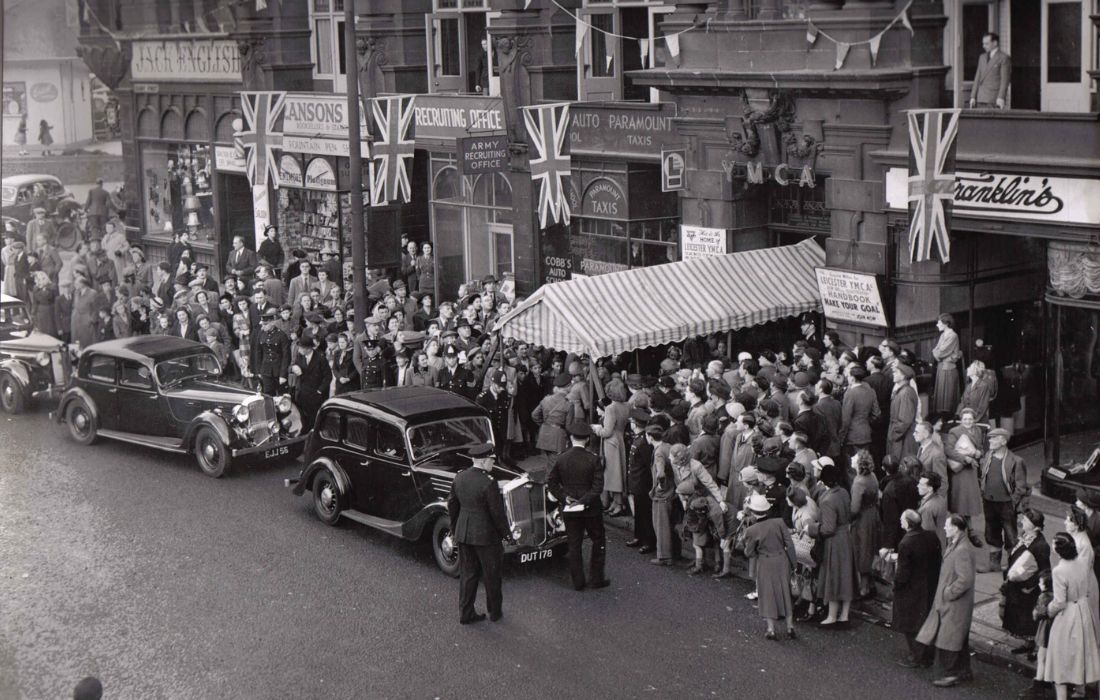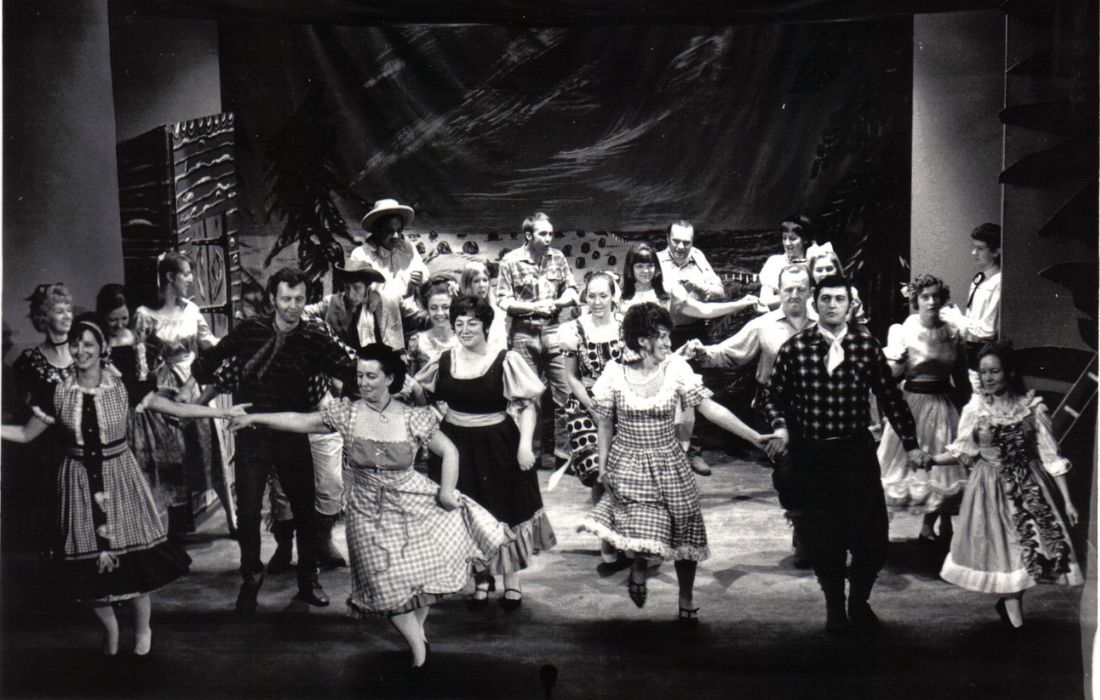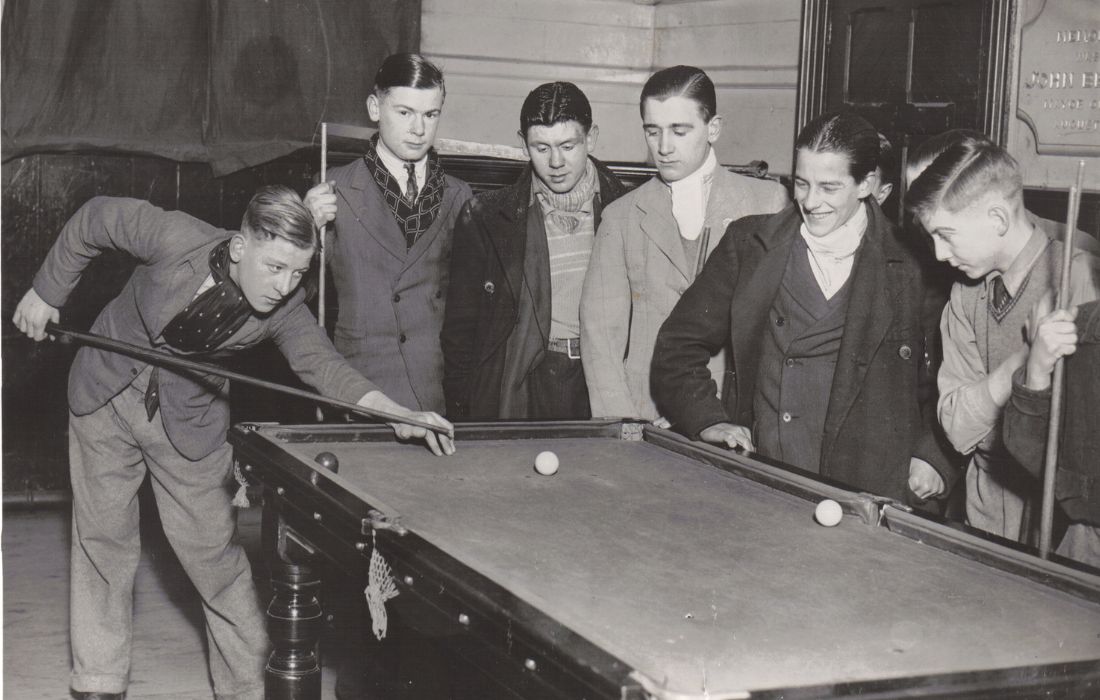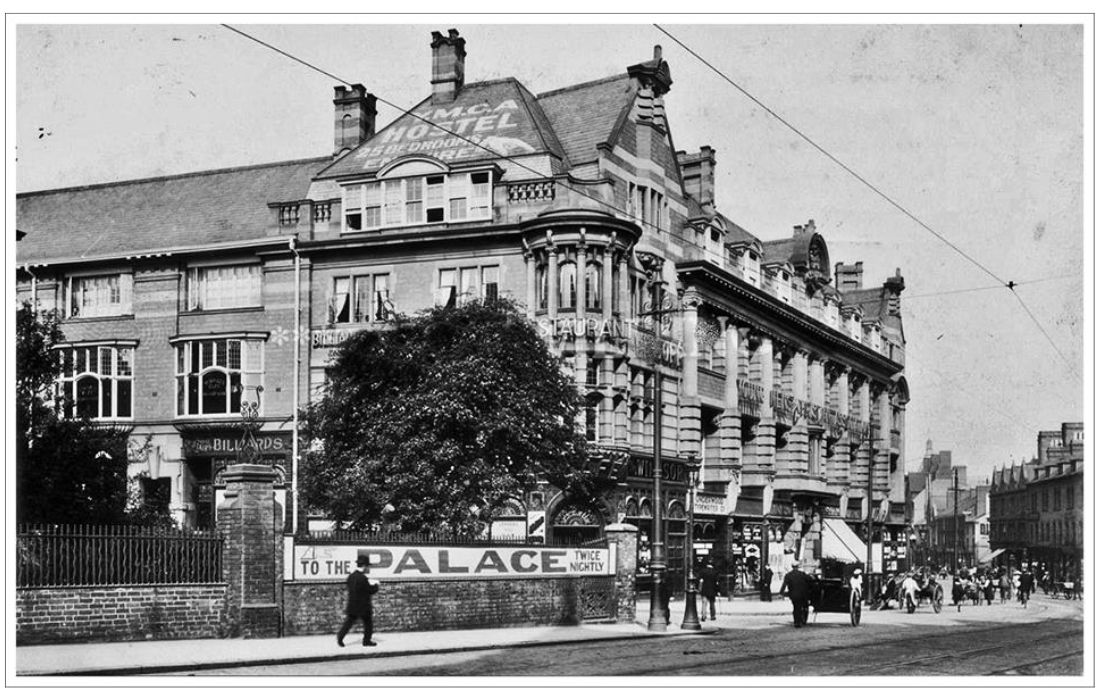The Modern Organisation
The East Street building had become run down during the 70’s and was refurbished and opened by HRH Prince of Wales on the 10th February 1981, when Leicester YMCA became a housing association. It became a grade 2 listed building in 2001.
In 2011 the supported accommodation areas were transformed into modern clusters and single flats for young people aged 16 – 25. The project was officially opened by Tim Loughton, Parliamentary Under Secretary of State for Children and Families and Sir Peter Soulsby, First Elected City Mayor of Leicester.
The Y Advice and Support Centre (YASC) for homeless people was launched in 1995 and in 2006 the service moved into the city council’s purpose built Dawn Centre.
HRH the Duke of Edinburgh opened the Aylestone Centre in 1996, which offers purpose built accommodation alongside sports grounds currently on loan to Leicester City Football Club’s Training Academy (originally purchased in 1938).
In August 2004 the Michael John Henry House opened as the first move on accommodation for residents. The property was purchased thanks to the legacy of Michael John Henry and his family. Michael had experienced homelessness first hand and had gone on to dedicate his time to charity work. He tragically passed away in 2001 due to medical conditions, leaving funds to improve the lives of homeless people. Subsequent move-on properties include; Michael John Linnett House, Marc Wainwright House, Iris Watson House and Kenney House, opened between 2010 and 2018.
You can find out more about the history of The Y and the wider YMCA movement by visiting YMCA Heritage.
Visit YMCA Heritage

